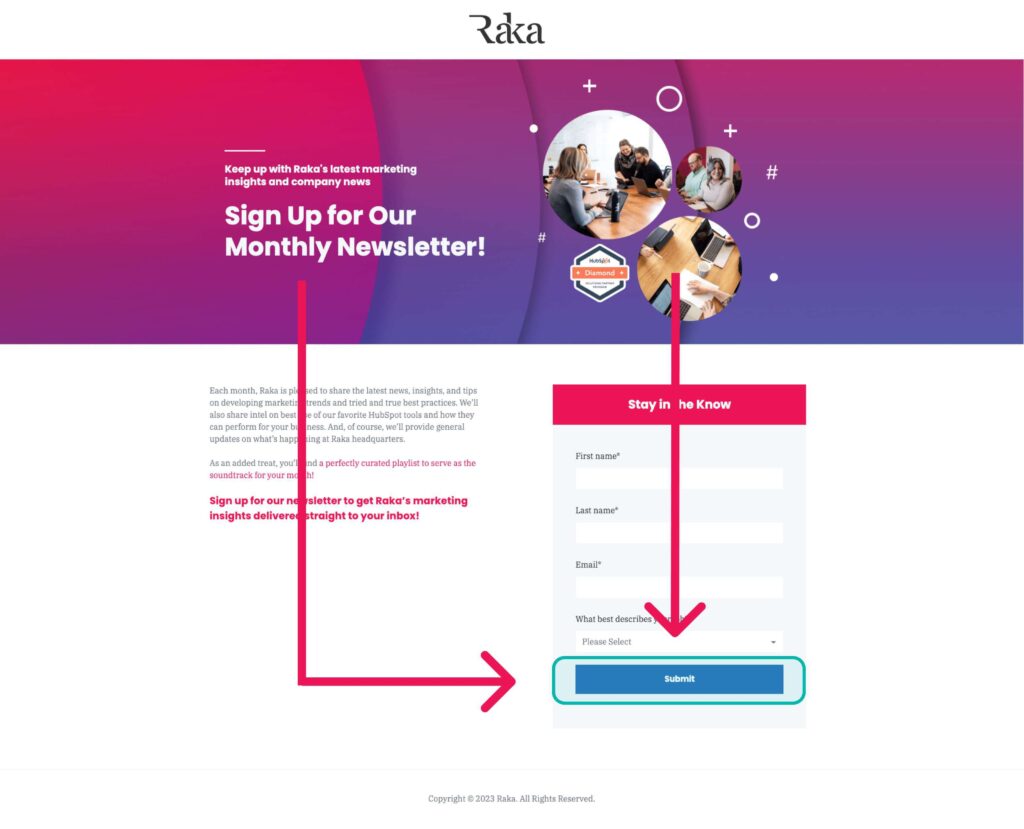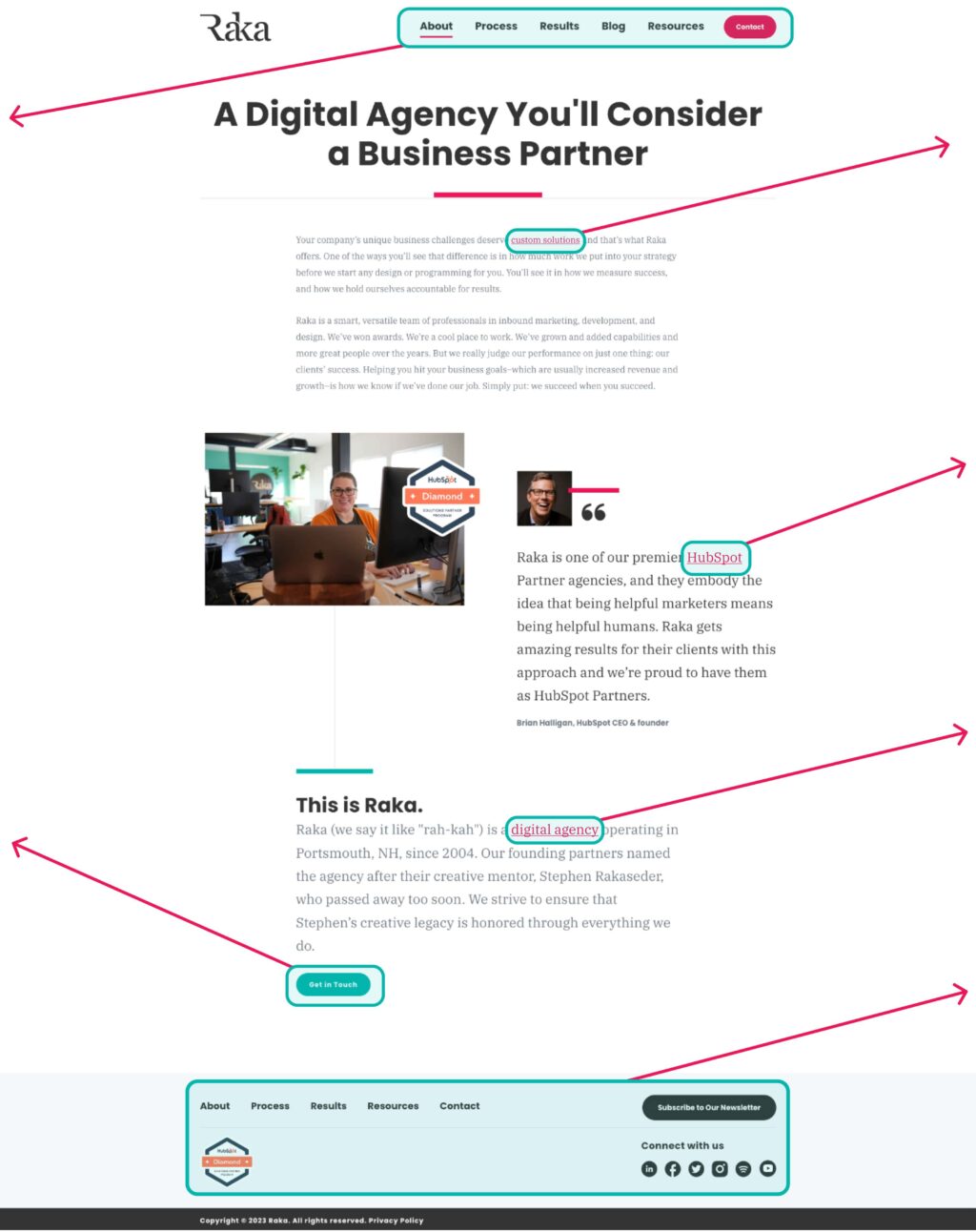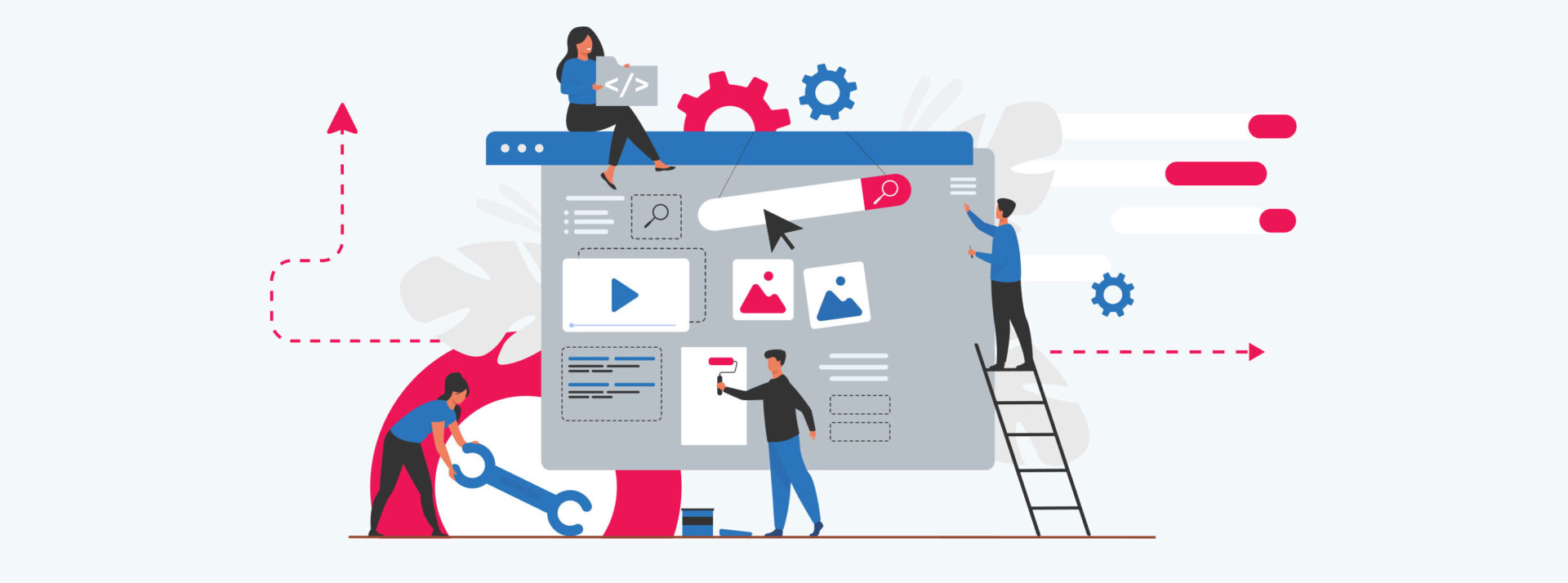Confused about the difference between a landing page and a website page? You’re not alone! Many people mistakenly use these terms interchangeably, but in reality, they are two distinct components of digital marketing. In this blog post, we will explain what sets them apart from one another and how to use each effectively.
Landing pages
A landing page is a single web page that focuses on a specific goal and is usually used as part of an online advertising or email marketing campaign. It has a clear call to action, such as signing up for a newsletter or making a purchase. The page’s content is relevant to the campaign and designed to persuade visitors to take the desired action. Direct conversion is the goal of a landing page.
Landing pages capture leads and generate sales by offering potential customers a unique offer. They provide visitors with the necessary information they need to make an informed decision, such as product details, pricing, customer reviews, and more. To optimize conversion rates, landing pages have a clear heading and copy that explains the offer, as well as an attention-grabbing headline and visuals.

Landing pages are strategically designed to push the reader’s eyes down the page to engage with the single clickable entity on the page: the CTA.
Examples of landing pages uses include:
- Promoting a special offer or new product launch
- Collecting signups for an event or webinar
- Capturing leads from an online ad campaign
Webpages
A website page, on the other hand, is a regular page within your website that provides information about your business or products. Website pages are more comprehensive in content and include blog posts, product descriptions, contact information, and more. Although they usually have calls to action associated with them, these are secondary to providing useful information.
Website pages are your business’s main hub of information and resources, ensuring they are comprehensive in content. A navigation menu allows visitors to access other parts of the website, and they often provide expanded information about the company’s history, services, products, policies, and more. They can also have forms for customers to fill out, such as contact forms or surveys.

Typical pages on your website offer users plenty of opportunities to wander off the page they’re currently reading (as is clearly depicted in this screenshot).
Examples of website page uses include:
- Providing an overview of the company or product
- Describing products or services in detail
- Directing customers to contact forms or surveys
- Sharing customer testimonials
- Posting blog articles and helpful resources
When used correctly, both landing pages and website pages can be incredibly effective tools for driving conversions or engagement. Understanding their similarities and differences allows you to use each more effectively in your digital marketing efforts. Good luck!





